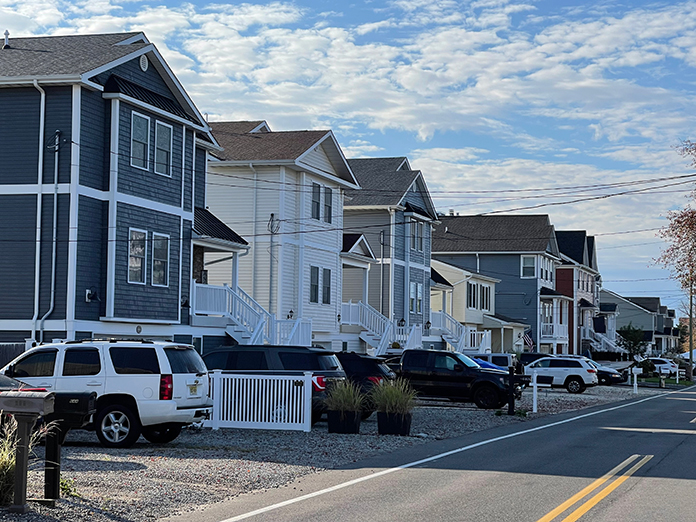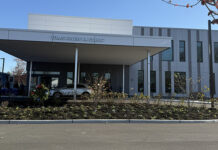
BRICK – It became commonplace in the months and years following Superstorm Sandy to see houses being lifted off their foundations and elevated against future floods.
Getting the exact number of township homes that have been raised is difficult because many homes were demolished and reconstructed, which would also be considered elevated homes, said Township Engineer Elissa Commins.
As of October 20, 1,083 township homes were substantially damaged, meaning the cost of making all necessary repairs would meet or exceed 50 percent of the market rate value of the structure.
The township Engineering Department issues determinations of substantial damage prior to individual permit application submissions.
People are still appealing these determinations, and the engineering department is finding homes that never applied for any permits and therefore never received determinations, Commins said, so the numbers are still fluid.
From 2013 until 2021, 641 existing structures were raised in Brick, and 1,809 homes were either reconstructed or newly built. About 90 to 95 percent of those are in the floodplain, she said.

“That approximates 2,200 structures elevated above the water levels experienced during Sandy, or over twice the structures that were deemed substantially damaged and required to elevate,” Commins wrote in an email. “This infers that many people chose to elevate to come into compliance without being required to; they chose to be more resilient.”
Houses located in a flood zone that are substantially damaged must be retrofitted as necessary to meet current flood ordinances and construction codes.
This could include elevating the home, eliminating basements, raising the crawl space elevation, installing flood vents, elevating mechanical devices such as hot water heaters, furnaces and air conditioning units, and more.
Brick Township Municipal Utilities Authority, JCP&L and the township have also made great efforts to become more resilient, Commins said.
Pump stations and electrical transformers have been elevated, and excess flow valves have been installed on gas service lines to prevent gas leaks, she said.
Bulkheads are being constructed at higher elevations – a minimum of four feet above sea level – and tidal check valves are being installed in the township’s low-lying areas to prevent so-called “nuisance” tidal flooding of streets and private properties.
These efforts along with the steel wall reinforcing the barrier island breach (see accompanying story) would lessen the impacts of a storm similar to Sandy, the engineer said.

“However, Sandy reached an approximate elevation of seven feet above sea level and we saw wave action in many back bay communities approaching 10 feet above sea level,” Commins said.
Some sections of the barrier island experienced a severe “wash over” which had a devastating impact on structures there that were previously protected by the dunes.
“We also still have the majority of our power systems above ground, vulnerable to damage from strong winds,” she said.
In addition, many of the elevations within the township’s bay communities – roads and private property alike – are well below the flooding levels seen during Sandy and what could be seen in future storms, Commins said.






